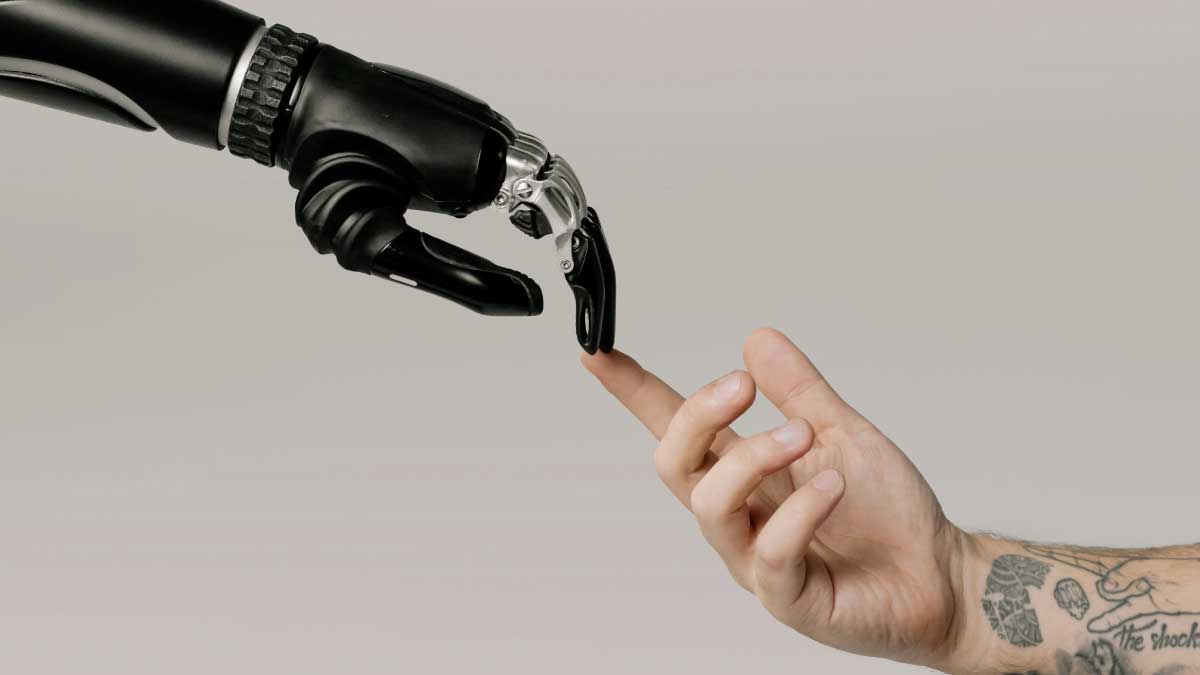
How to Adapt to the Industrial Shifts Caused by Technology, AI, and Internet Evolution
Technology, artificial intelligence (AI), and internet evolution are transforming the world at an unprecedented pace. These forces are creating new opportunities and challenges for businesses and industries across various sectors and regions. For instance, AI integrated Adobe Photoshop, ChatGPT, and other generative AI features. In this article, we will explore some of the major industrial shifts that are occurring due to these technological advancements and how to adapt to them and find top talent accordingly.
Some of the key industrial shifts that are happening due to technology, AI, and internet evolution are:
The rise of smart technology and automation
Smart technology refers to devices and systems that can sense, communicate, and act intelligently, such as smartphones, smart homes, smart cities, and smart factories. Automation refers to the use of machines and software, such as robots, drones, chatbots, and self-driving cars, to perform tasks that humans previously did. These technologies are increasing productivity, efficiency, and convenience but also displacing some jobs and creating new skill requirements.
The emergence of new business models and platforms
Technology, AI, and internet evolution are enabling new ways of creating and delivering value, such as e-commerce, cloud computing, social media, and digital platforms. These models and platforms are disrupting traditional industries, such as retail, media, and transportation, and creating new markets, such as the sharing economy, gig economy, and circular economy. These models and platforms are changing customer expectations, competitive dynamics, and revenue streams.
The expansion of data and analytics
Technology, AI, and internet evolution are generating and processing massive amounts of data, such as big data, the Internet of Things, and blockchain. These data and analytics are providing insights and solutions for various problems and opportunities, such as personalization, optimization, and innovation. These data and analytics are enhancing decision-making, performance, and customer satisfaction but also raise ethical and privacy issues.
How to adapt to these industrial shifts and find top talent accordingly?
To adapt to these industrial shifts and find top talent accordingly, businesses and industries need to:
Embrace digital transformation
Digital transformation is the process of using technology, AI, and internet evolution to change the way businesses and industries operate and create value. Digital transformation involves adopting and integrating new technologies, processes, and capabilities, such as cloud computing, AI, and digital platforms, to improve efficiency, agility, and innovation. Digital transformation also involves developing and implementing a clear vision, strategy, and culture that supports the change.
Invest in reskilling and upskilling
Reskilling and upskilling are the processes of acquiring new or enhanced skills and competencies to adapt to the changing demands and opportunities of the market. Reskilling and upskilling involve providing and accessing learning and development opportunities, such as training, education, and coaching, to improve the knowledge, skills, and abilities of the workforce. Reskilling and upskilling also involve fostering a culture of lifelong learning and a growth mindset that encourages continuous improvement.
Leverage talent analytics and platforms
Talent analytics and platforms are the use of data and analytics to optimize the management and development of human capital. Talent analytics and platforms involve collecting and analyzing data on the workforce, such as skills, performance, and potential, to inform and improve talent decisions, such as hiring, retention, and promotion. Talent analytics and platforms also involve using digital platforms, such as online job boards, social media, and talent networks, to attract, engage, and retain top talent.
Conclusion
Technology, AI, and internet evolution are causing significant industrial shifts that are reshaping the world of work and business. To adapt to these shifts and find top talent accordingly, businesses and industries need to embrace digital transformation, invest in reskilling and upskilling, and leverage talent analytics and platforms. By doing so, they can ensure that they have the capabilities, competencies, and culture to thrive in the new era of technology.
